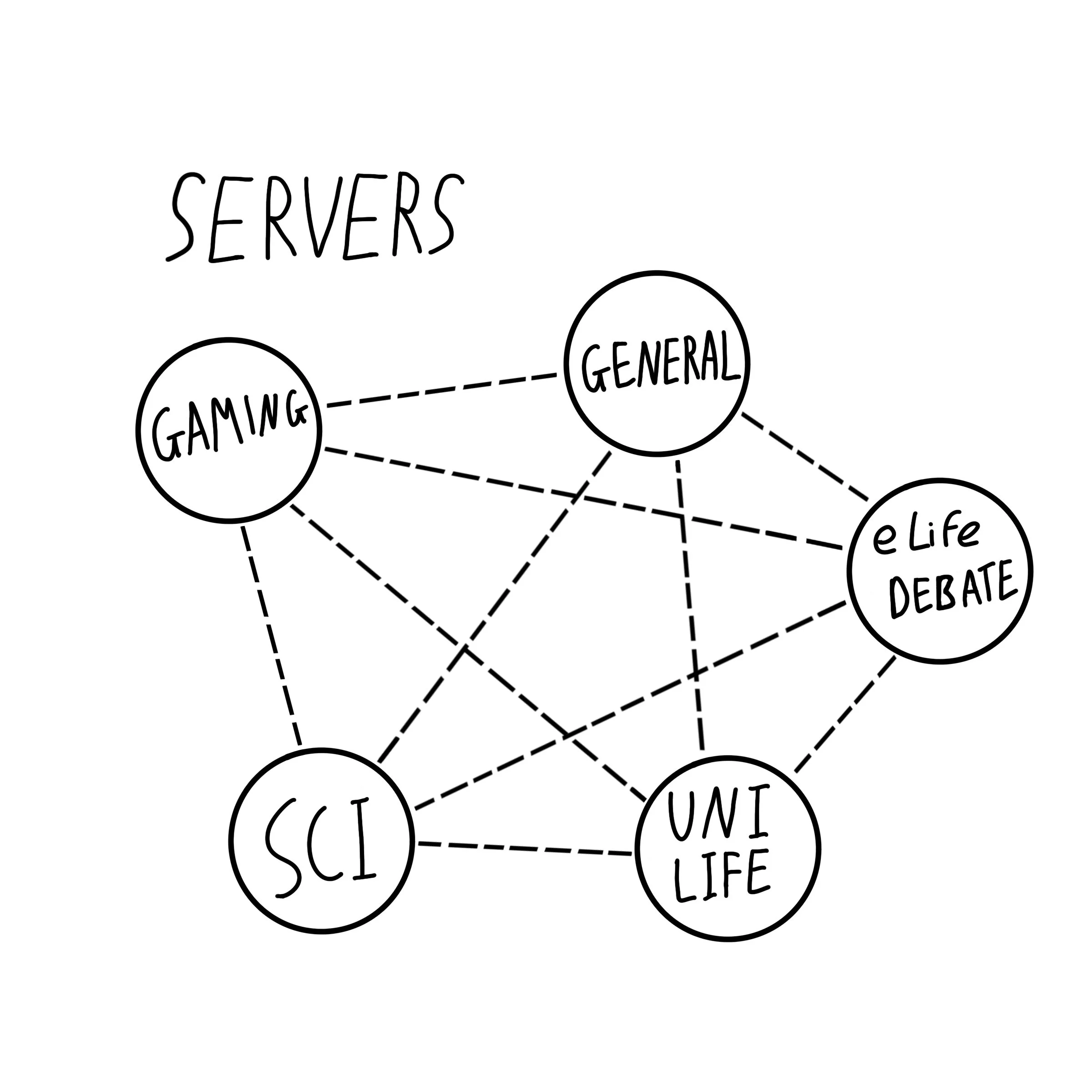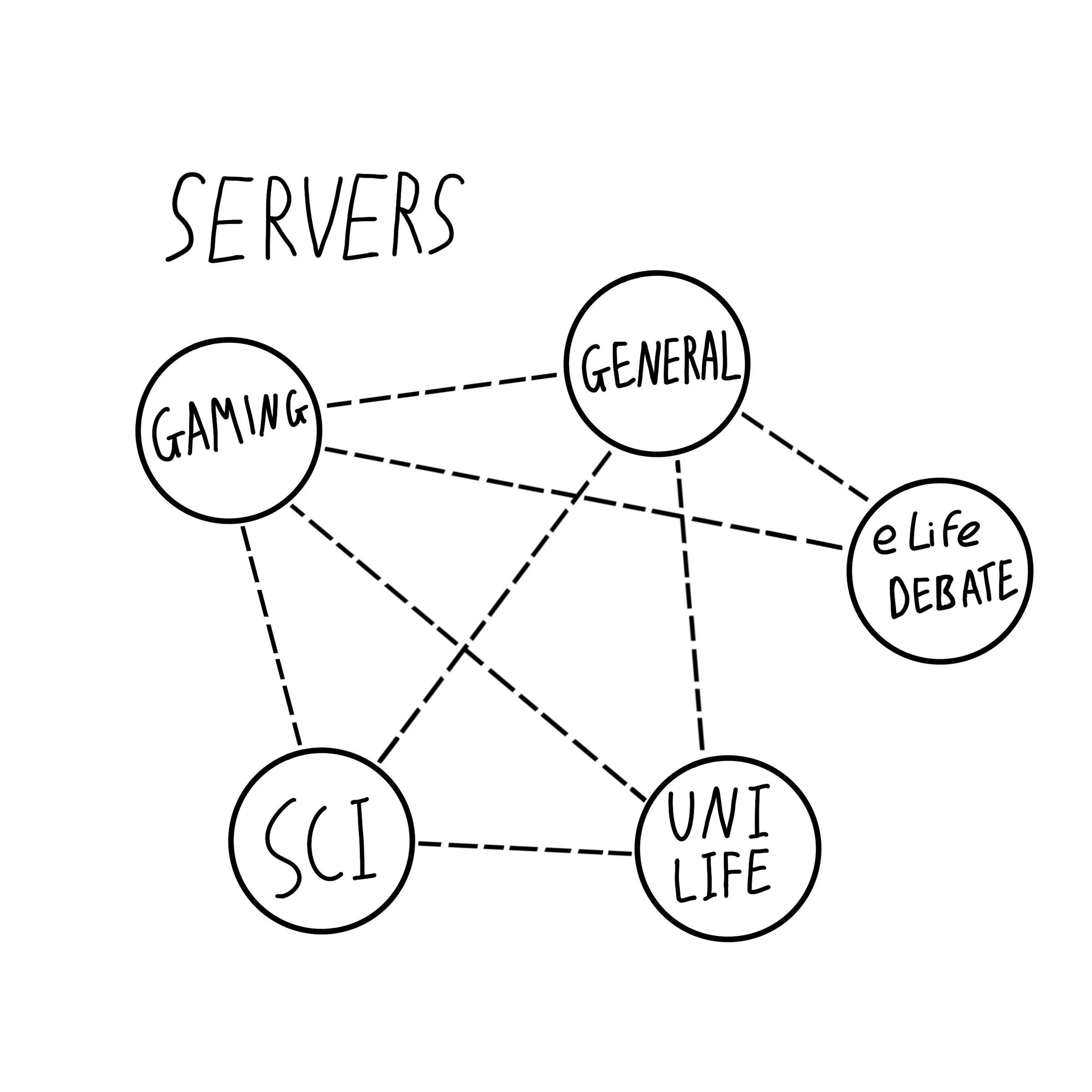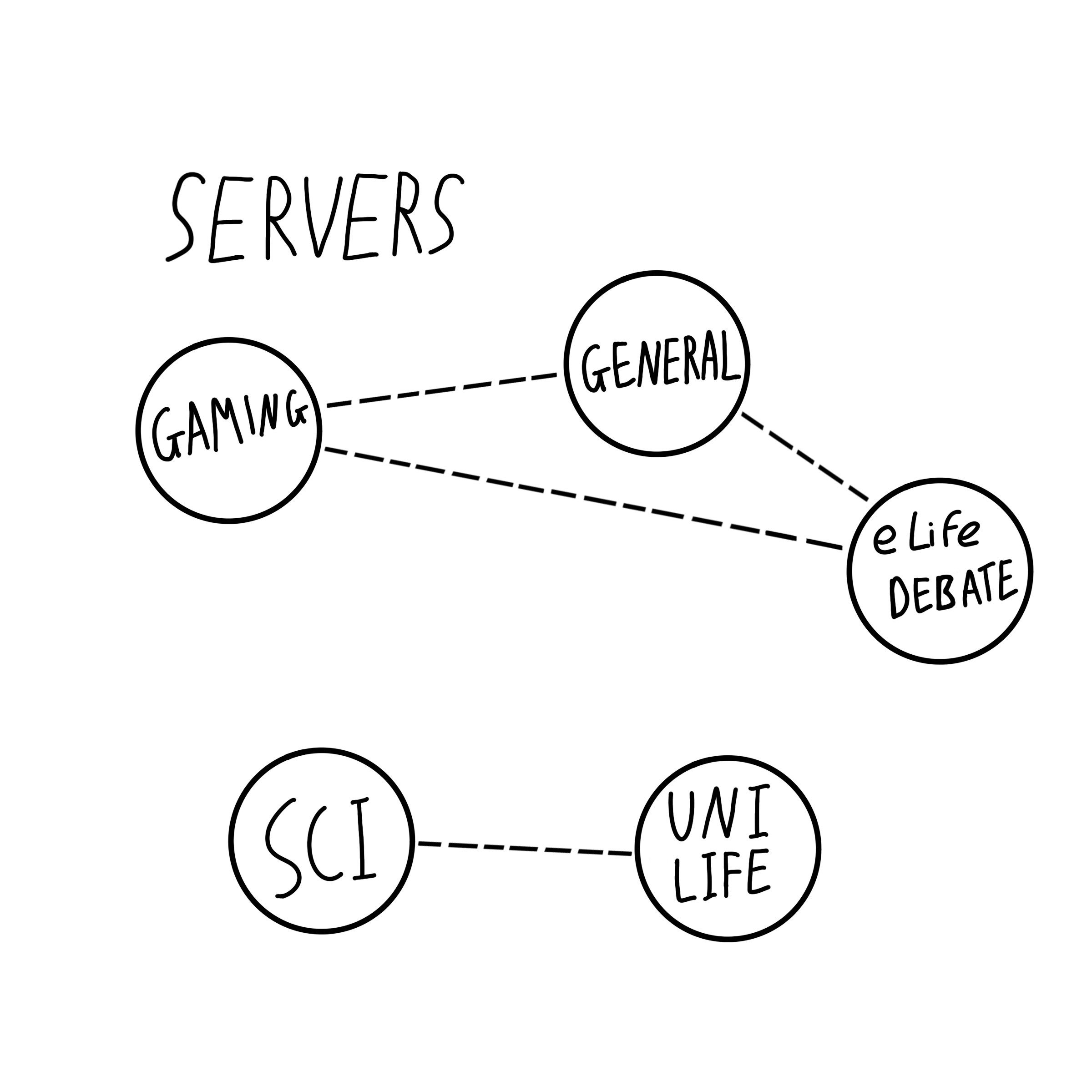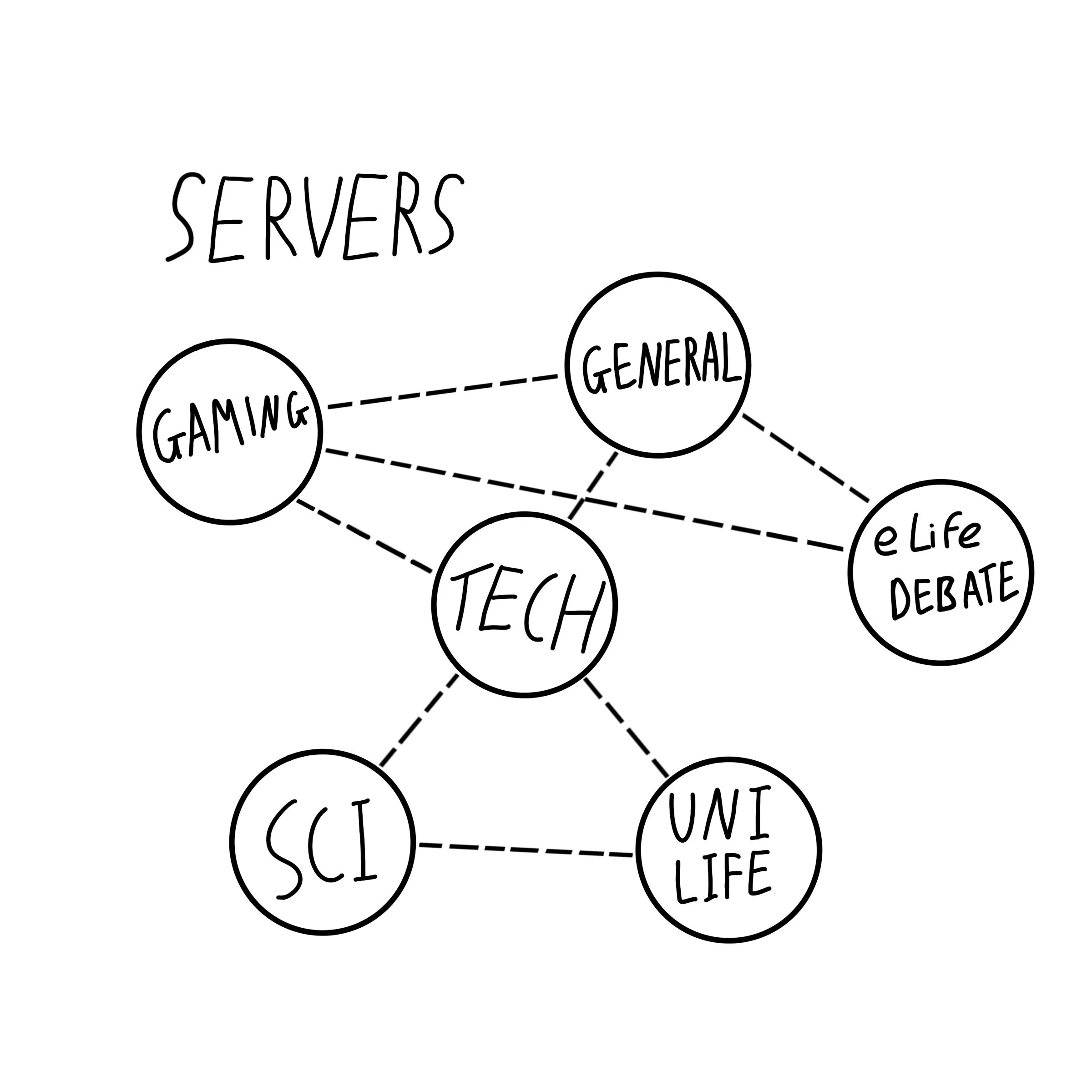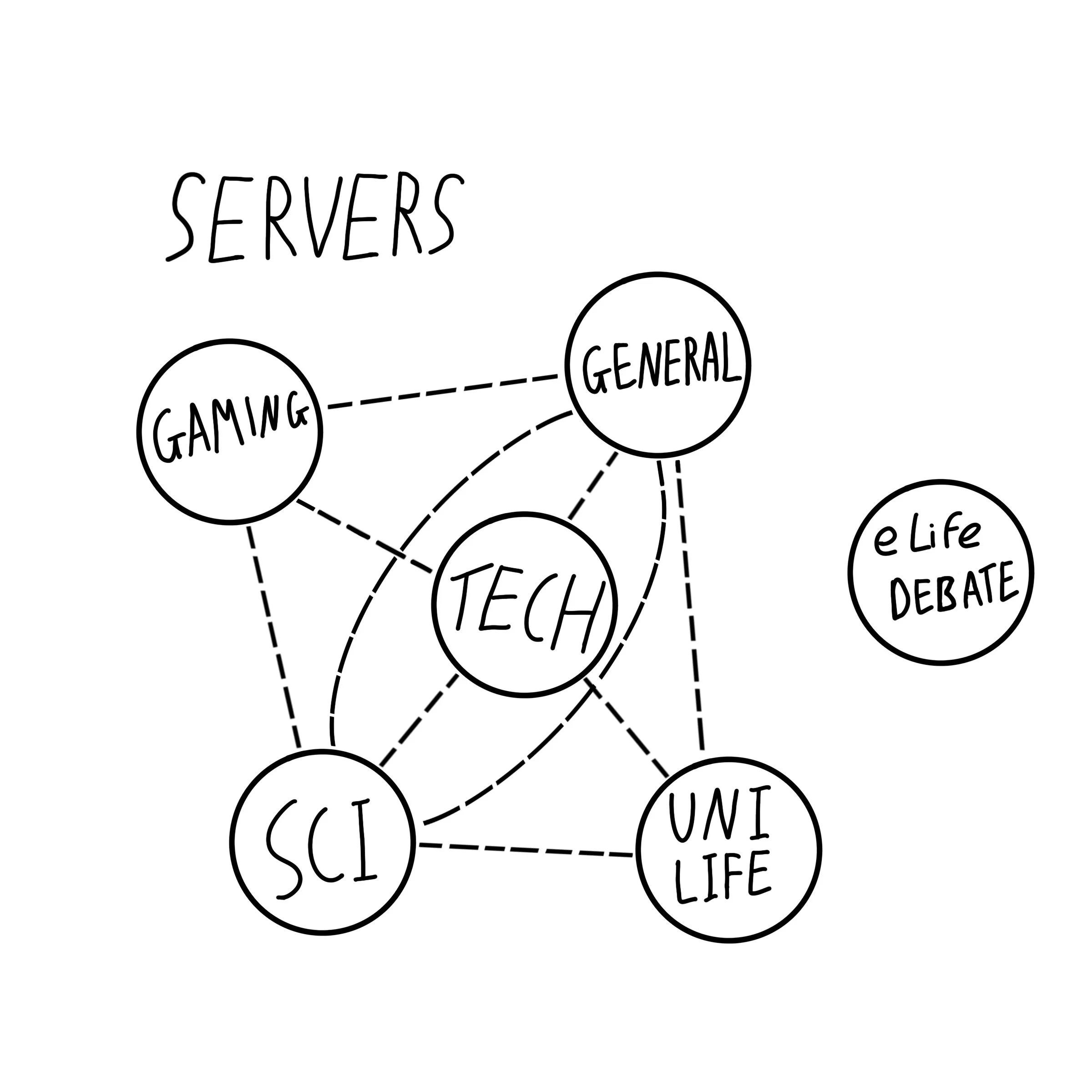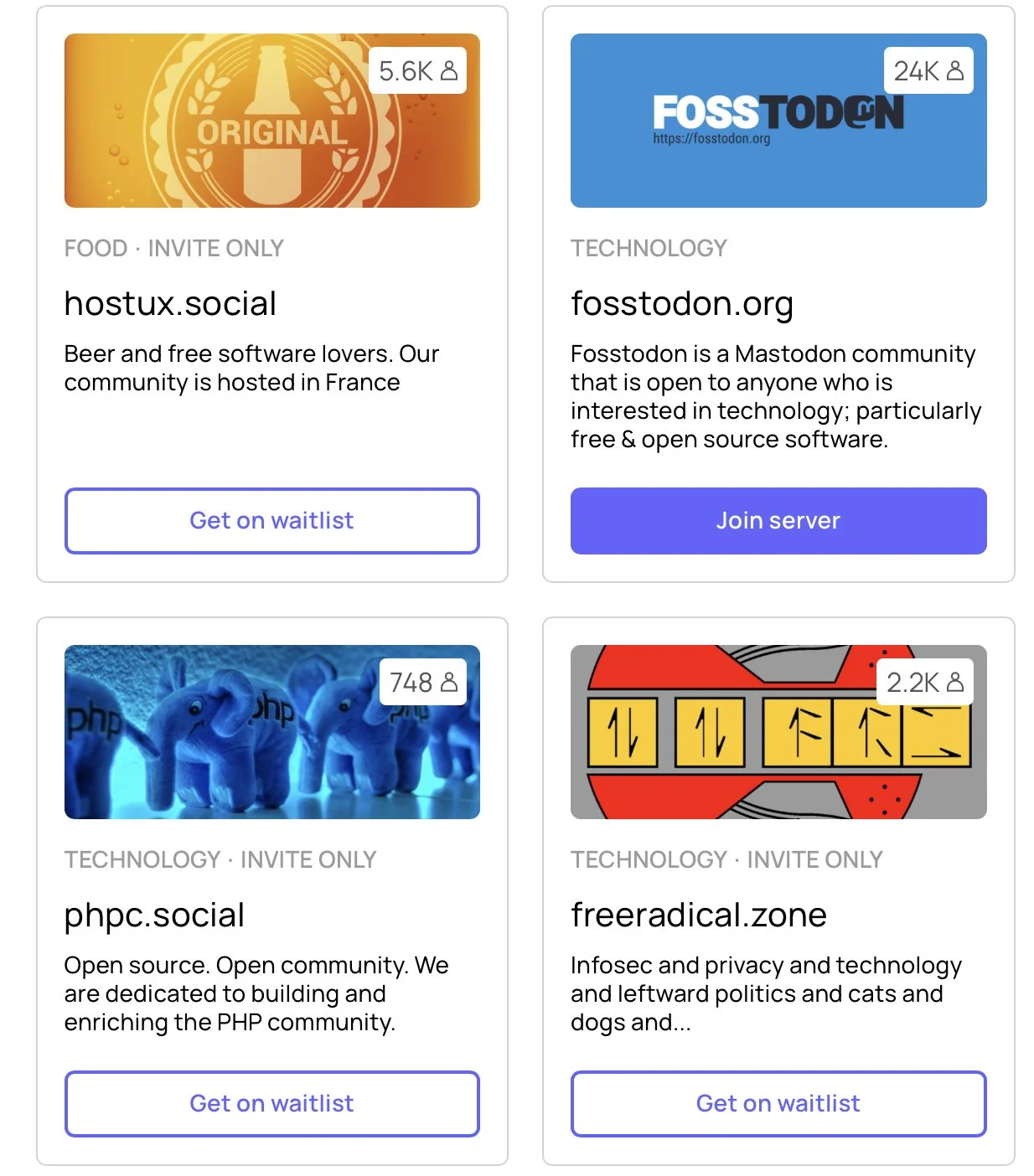With Twitter being the de facto online “town-square” for political (and scientific) discussions, a major issue is that we as users have little to no say in how it is run and who runs it. But what is the alternative to a billionaire owned online town-square? Well, Mastodon is a perfectly cromulent alternative with many advantages and only one major disadvantage.
The mascot of the Mastodon social network - taken from Wikipedia.
The elephant in the room
The only problem, or elephant in the room (pun intended), is that it lacks the users and therefore the opportunity to interact with interesting scientists from around the world, which the bird app has. But this is a fully solvable problem: people can sign up and start using Mastodon. Once a lot of Scientists, especially the bigger influencers (people with high K-indexes) sign-up and start posting on Mastodon, it will become a a more vibrant and useful place for discussions and networking. But perhaps without some of the issues that Twitter has.
But what is Mastodon?
I gave it a try to test it out as an alternative to Twitter, so that y’all didn’t have to. Mastodon is open source and is (mostly) ad-free*. Open source means that anyone can take the code, see how it works and start running it on their own server. And this is where the fun (and complexity) begins. Mastodon’s key selling point is that it is de-centralised. But What does that even mean (for the user)? This post aims to explain that and more. But briefly, anyone can start their own Mastodon server (also called an instance). Each server can be connected to all the others, meaning that you can see posts from across all of Mastodon. Or you can opt-in to just seeing what people on your local server are doing. This is especially good for niche interests or finding a community that lacks trolls (due to local server moderation). Otherwise Mastodon is very similar to the Bird app. Character limit is usually 500 so a bit longer, but most are shorter than that. A tweet is called a toot and a retweet is called a boost. Oh and the like symbol is still a star and not a heart.
If ad-free*, how can it run?
The software is open source and community build, so volunteers. The servers are setup by individuals or organisations and they can pay for it themselves or take donations to maintain its running. Remember, a server is just a computer running particular software for others to connect to. *I think that some servers do have ads but you can easily find one that does not, so Mastodon is mostly ad-free (I have not seen any on my server). Finally, how can moderation work? Twitter spends a lot of money and people time and automation to make moderation of content work and it still doesn’t succeed. And it seems likely that Twitter’s new owner will reduce moderation. So how can Mastodon work? Well it is run on a server by server level. Admins (usually volunteers) and likely some level of automation function to ensure the rules of that particular server (instance) are followed.
How does it being de-centralised work for the user?
So this confused me at first. If most people are spread across different servers, what does that mean for interactions? Especially with differing rules and levels of moderation across the servers! With a lot of research and experience, here is what I think is happening with some simple diagrams of different servers being connected. You might have a “General” server that is for anyone with any interests and a moderate level of moderation (to keep the trolls under control). You might have a “Sci” server that scientists and science emphusiasts gather on. Perhaps it has stricter rules about mis-representing science (such as around vaccines) or not acknowledging the source of science photos. A “Uni Life” server might specialise in people working in academia and maybe insists that you use trigger warnings for posts where people are bragging about how many hours they work per week. The “Gaming” server might be for people whose hobby is video games and people love to argue about console vs PC gaming. And finally perhaps there is a server for people who love to debate about the changing policies at eLife called “eLife Debate” (please note that I mean this as a good natured joke, I have not commented on this myself but I see that people are getting fatigued by this discussion). Perhaps all these hypothetical debaters got kicked off the Uni Life and Sci servers for being too argumentative? In this situation, all the servers are connected and you can see posts from any server, no matter which one you are based on (also apologies for the accidental pentagram in the below image).
Connected servers (instances) that make up Mastodon (hypothetical), AKA the Fediverse.
But perhaps the endless eLife debates gets too much and too toxic for others to handle - trolls from this server could bother people from other servers. Probably only the Sci and Uni Life servers would be attacked. Well those servers could disconnect themselves from the eLife Debate server so that their members could not see or interact with it. If you as a user did not like this, you could freely and easily move your account to another server that does have access to all others, such as General. The beauty of a de-centralised system is that your server can set its own rules but if you ever become unhappy with them, you can easily move to a server whose polices better align with yours. A nice alternative to the Twitter “one size fits all” approach.
A partially connected set of servers (instances) that make up Mastodon (hypothetical).
This above situation might work for a while, but perhaps the toxicity of the eLife Debate become out of hand and other connect servers (General and Gaming) start to become toxic too? Well in that case, Sci and Uni Life can bar connection to any server that interacts with the particularly toxic server (eLife Debate in this hypothetical case, but there are real cases where this has happened). Here the networks become fragmented (not ideal but perhaps needed to keep everyone happy and safe).
Fragmented network of servers (instances).
In such a case, someone could setup a new server, focusing on technology called “Tech” and while they want to stay away from the endless eLife Debate debates, they do want to interact with both Sci/Uni Life and the Gaming/General sub-networks. This again works and people who want to have less strict rules compared to Sci and Uni Life now have an alternative that works for them.
A new server (instance) with less strict rules joins the Fediverse.
Then perhaps the eLife Debate server gets so toxic that no other server wants to have anything to do with it. This would leave the eLife Debate server isolated and adrift while all the other servers could go back to interacting. This is all an extreme example and would affect very few users. Something similar has happened when Gab (filled with Right-wing hate speech) moved to Mastodon, but I do not think that this would be a major concern for most. I know it hasn’t affected me at all. But this illustrates how (most of the time), all the servers interact, unless there is a bad actor, where their moderation rules are so out of sync with what others will tolerate, something must be done.
The Fediverse all connected up, except for one node deemed too toxic to interact with.
Choosing a server (instance) and moving from one to another
There are many real servers out there to choose from, such as those shown below. Which one you pick doesn’t matter a lot. As described above, most are connected to all others, and if they are not, it is probably for good reason. So picking your server is more like picking gmail over Outlook for your emails. It affects the letters after the @ in your (user)name and it might alter some local features for you (like how enforced adding alt text to your photos in enforced can vary between servers).
A screenshot of some example servers (instances) that people can sign up to.
Some servers limit the number of members based on how many can be handles (by the admin/moderation team of volunteers). It is important to remember that you get what you pay for, which is nothing. You might say that the same is true for Twitter, but you pay with your data and time. Twitter is a data collection and ad company. It is fine if you are OK with that, I have been for years, but there is an alternative out there and all it needs is you to make it a more vibrant and exciting place. Already we can see that in India, many people moved from Twitter to Mastodon after Twitter targeted a high profile person in India. If a similar shift happened with Science Twitter, we could together make Mastodon a new (mostly) ad-free home.
Edit (6th Nov 2022): Since first writing this post, I have seen an amazing influx of new users and already Mastodon is becoming a vibrant and fun place to spend (digital) time!
A cartoon mastodon telling you that it needs you.
If you do try out Mastodon, follow me at @jamespblloyd@genomic.social (the first part is my username, the second part is my server: Genomic.social, I was at Scholar.social but moved over).
If you also want to migrate between servers, you can do, see tutorial from @Psy_Fer_@genomic.social (@Psy_Fer_ on the Bird Site).
1. Sign up on new server.
2. On NEW server: Go to Account -> Moving FROM another account.
3. Enter old account's handle.
4. On OLD server: Go to Account -> Moving TO another account.
5. Enter new account's handle and submit.
You can use https://fedifinder.glitch.me/ to find people you knew on The Bird Site and follow them on Mastodon, already this has helped me and as more people migrate over the next few days I expect this to be more and more useful.
Some useful resources on Mastodon
https://axbom.com/mastodon-tips/
https://gizmodo.com/how-to-join-mastodon-twitter-alternative-elon-musk-1849739031
https://screenrant.com/mastodon-app-decentralized-social-network-explained/

